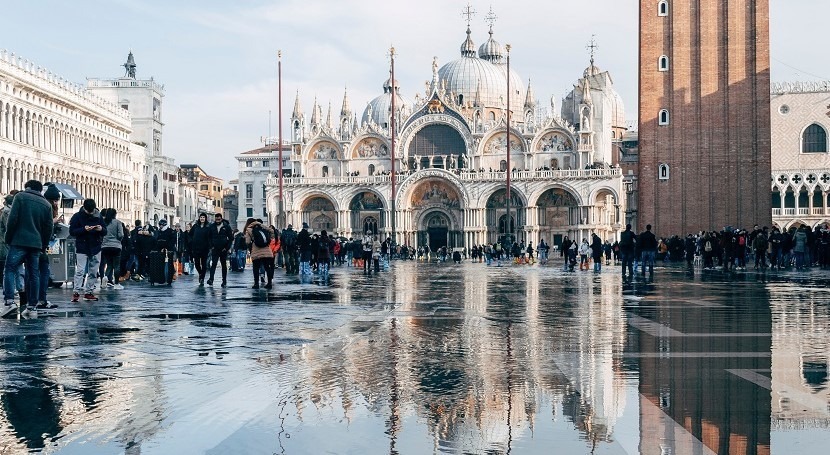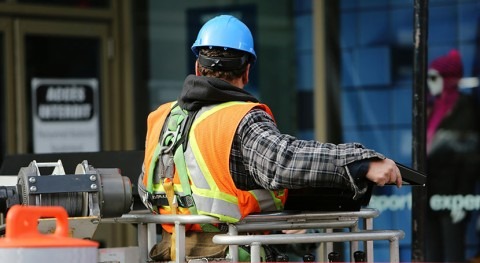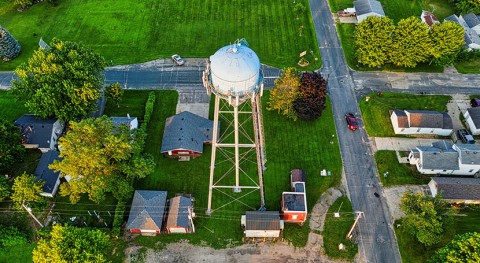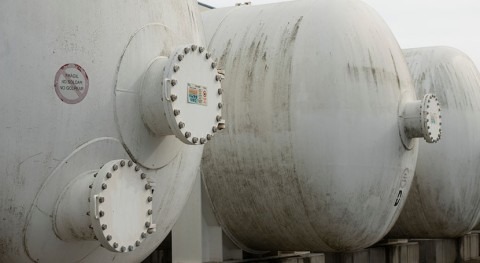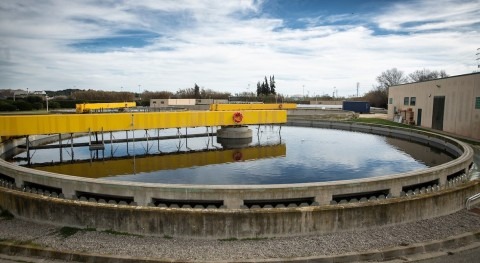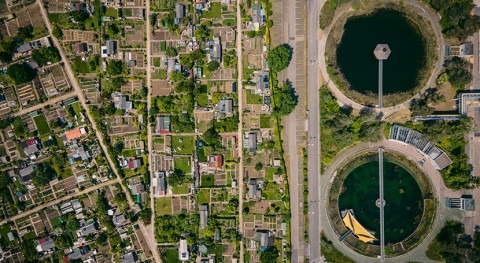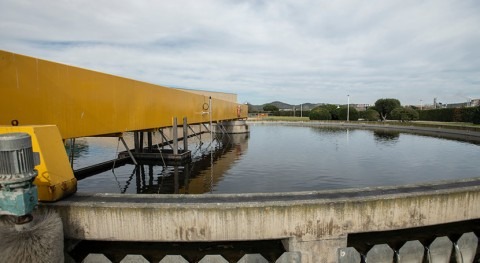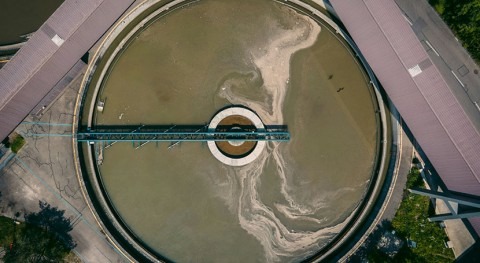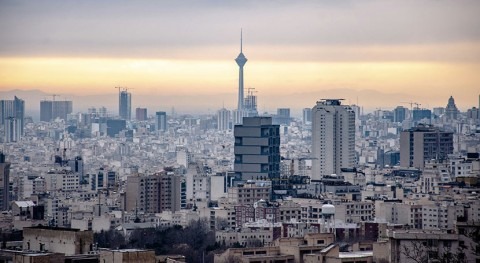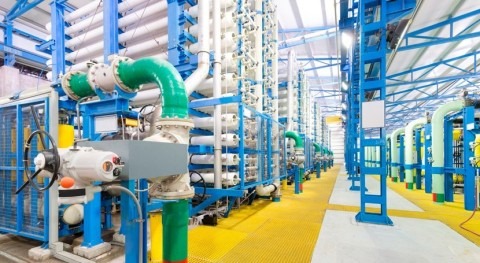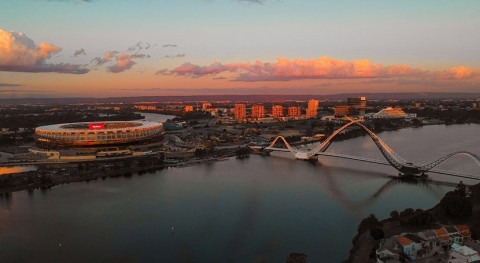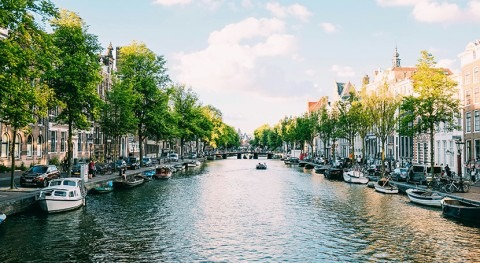In November and December 2019, Venice experienced several rounds of intense flooding, including the second highest level since records started in 1923.
While the increased frequency of exceptional tides, mainly in the winter, is a big concern, repeated flooding last summer reminds locals that the threat is present also in the off-season, reports AP.
Flooding in Venice, "acqua alta" (high water) in Italian, caused by unusually high tides, is common and occurs mainly in winter time. But land subsidence and sea level rise linked to climate change are leading to more frequent flooding.
St. Mark’s Basilica chief caretaker, Carlo Alberto Tesserin, told The Associated Press: “I can only say that in August, a month when this never used to happen, we had tides over a meter five times. I am talking about the month of August, when we are quiet.”
A new study published by the European Geosciences Union explores why the flood risk in Venice has increased in the recent past and is expected to accelerate in the 21st century. There is a large uncertainty in projections, but by 2100 sea level could rise between 17 and 120 cm. Meanwhile, the worse-case global sea-level rise forecast by the U.N. science panel is 80 cm.
Founded in the 5th century, Venice’s uniqueness has earned a recognition as a UNESCO World Heritage site, and last July avoided being placed in the list of such sites in danger when massive cruise ships were banned from travelling through its historic centre.
“Conditions are continuing to worsen since the flooding of November 2019. We therefore have the certainty that in these months, flooding is no longer an occasional phenomenon. It is an everyday occurrence,” said Tesserin.
To protect the city from floods, the Moses scheme, a system of moveable underwater barriers designed in 1984, is finally in place at a price of about 6 billion euros, but is still in a testing phase. Since October 2020, the barriers have been raised 20 times to protect the city from severe flooding, but not from lower-level tides which are also increasingly more common.
The project has been delayed until 2023 to undergo improvements and is expected to be effective for 100 years, according to extraordinary commissioner Elisabetta Spitz. But experts point out that at the time the Moses was conceived over 30 years ago, sea level rise was projected to reach 22 centimetres, far below the 80 cm current worse-case scenario forecast by the U.N. science panel.
As per current plans, the barriers will be raised when tides are above 110 cm after the project receives final approval, so at the moment St. Marks’ Basilica, businesses along St. Marks’ square, and Venetians in general, have to adapt as best they can. “The acqua alta is getting worse, and it completely blocks business. Venice lives thanks to its artisans and tourism. If there is no more tourism, Venice dies,” said Annapaola Lavena from her cafe.


